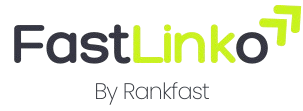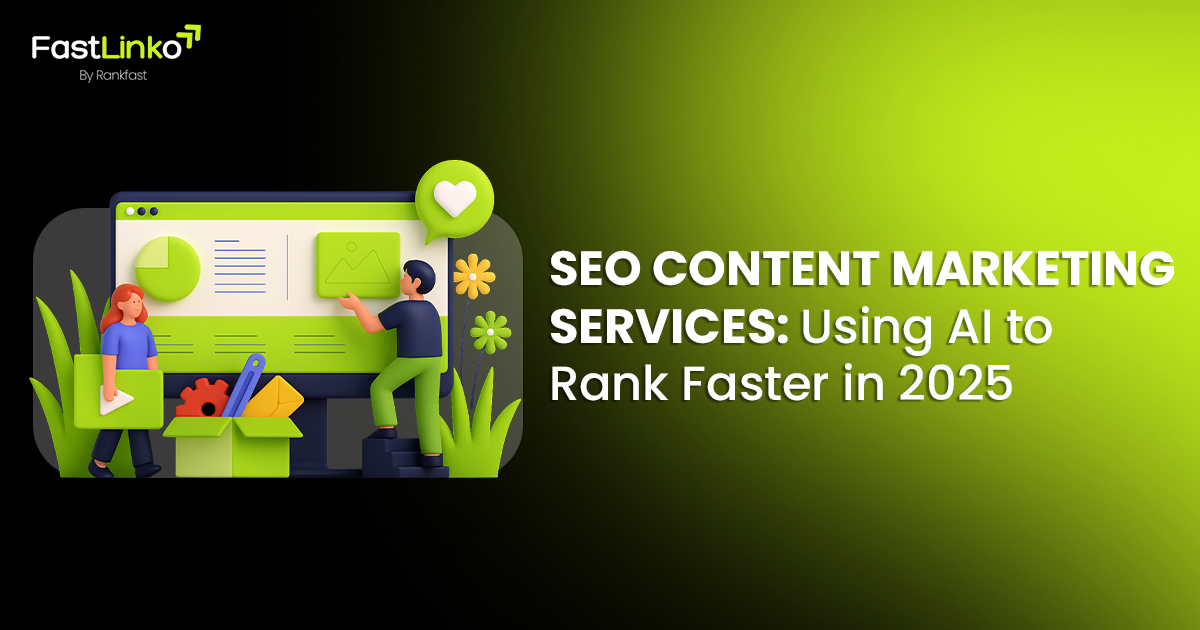
Free vs Paid Local Citation Sites: What Works for Maximum Visibility
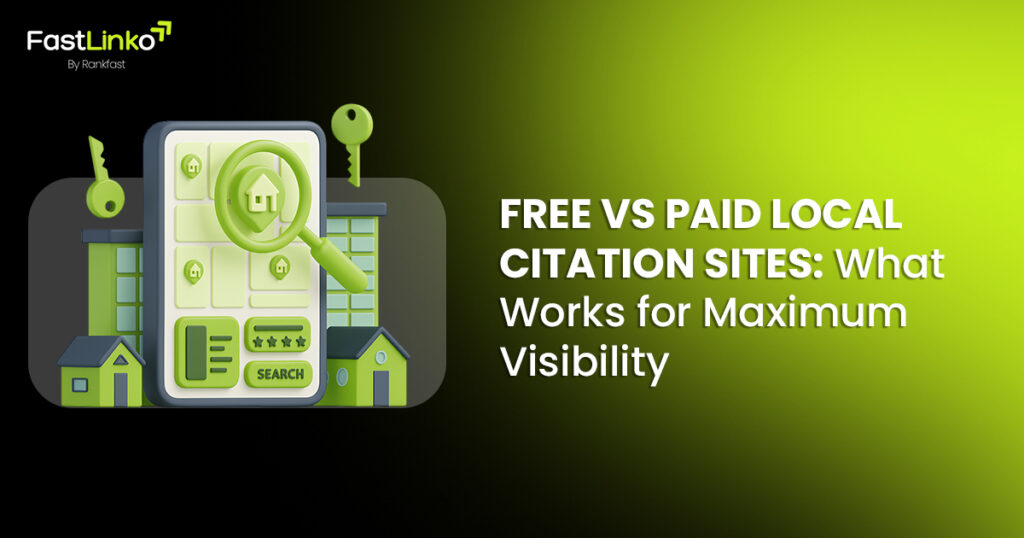
About Author
Recent post
SEO Content Marketing Services: Using AI to Rank Faster in 2025
How Google AI Overview Impacts Local Citation Strategies
Guest Posting Strategies to Appear in Google AI Overviews
Categories
Are free business citation sites enough? Or do paid local citation sites deliver better results? Every B2B brand with a local footprint faces the same questions.
Citations for SEO aren’t just about showing up. It’s about showing up everywhere that matters. Citation building services are what make that happen. Experts like Fastlinko anchor your business across directories, boosting trust, reach, and search accuracy.
But here’s the catch – not all citations deliver equal visibility.
Local citation building offers coverage and discovery. But they often come with inconsistent data and slower updates. On the other hand, paid citation building promises verified listings, cleaner NAP consistency, and faster traction. But this proficiency comes at a cost.
It only pays off if you know what to track.
So, how do you decide what’s worth your time and spending? This blog reveals how to balance local citation building across free and paid options to maximise ROI and unlock citations for SEO that actually moves rankings.
The Concept of Local Citations
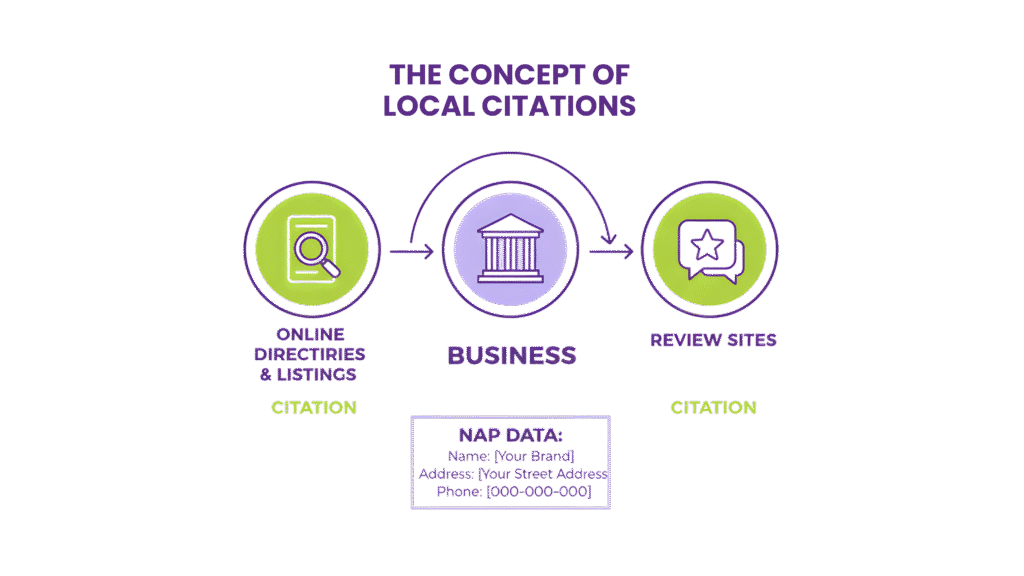
Local citation sites form the backbone of local search visibility.
A citation is any online mention of your business’s name, address, and phone number (NAP) across directories, social platforms, and listings. These references help search engines to verify your brand’s existence and relevance to specific geographic areas.
Thus, directly influences local ranking outcomes.
The logic behind visibility lies in consistency. When NAP data is uniform across citation sites, Google’s local algorithm interprets it as a trust signal. Consistency confirms that your business is real, operational, and locally relevant.
If your brand adds category accuracy to that, it strengthens semantic alignment between your listing and search intent. For example, a marketing agency correctly categorised under “digital services” will outperform another buried under “general business,” even with similar backlinks.
Free vs Paid Citations
The ecosystem of local citation building is split into two broad categories: free and paid local citation sites. Each comes with its own trade-offs.
Free business citation sites like Yelp, Bing Places, or Foursquare provide wide exposure with zero cost. They’re ideal for early-stage visibility. But, these platforms often struggle with data accuracy and verification speed.
Duplicate or outdated entries can confuse both users and search engines. They end up diluting authority and hurt your ranking chances in the local pack.

In contrast, paid citation-building services and premium directories bring efficiency and control. They offer a centralised management that updates data across various directories simultaneously.
Leading professionals like Fastlinko also provide trust-verified listings, schema integration, and faster indexing. Thus, they keep giving brands with multiple locations or specialised services a scalable edge.
For B2B brands, this consistency directly influences local pack visibility and brand credibility.
Why Citation Quality Is Important for Local SEO ROI
Beyond visibility, citation quality reflects your operational credibility.
For service-led or multi-location businesses, every citation acts as a digital proof point of reliability. Having inaccurate phone numbers or inconsistent addresses don’t just damage your market position. They also undermine brand’s customer trust.
The best results come from balancing scale with authenticity. Brands that maintain structured, verified, and regularly updated citations easily outperform those that rely solely on free submissions.
Still, while visibility lays the groundwork, ROI depends on how credibility, control, and scalability interact across free and paid ecosystems. This is the true test of sustainable local SEO performance.
Why Brand Mentions Are Digital PR Capital

In high-value B2B ecosystems, brand mentions are capital, not coincidence.
They bridge visibility and validation. Mentions consistently signal to algorithms, analysts, and end users that a company’s voice carries relevance and authority. Beyond exposure, mentions shape perception at scale, translating visibility into trust that compounds across every buyer touchpoint.
Let’s learn more about why brand mentions are digital PR capital today.
- The Value of Mentions
Every credible mention functions as a trust multiplier.
When respected outlets, industry blogs, or research firms reference a brand, it signals contextual authority. Exposure is the proof that the company has earned its place in a conversation, not bought its way in.
For enterprise buyers and procurement teams, such mentions are subtle but powerful validation cues. They influence vendor lists, RFP shortlists, and partnership interest long before any sales conversations begin.
In parallel, Google’s AI systems interpret these references as topical corroboration. They end up strengthening E-E-A-T signals and improving search discoverability within industry clusters.
The outcome here is twofold. A brand that appears frequently in credible contexts becomes not only top-of-mind for high intent users, but also algorithmically prioritised for commercial queries.
- Quality Over Quantity
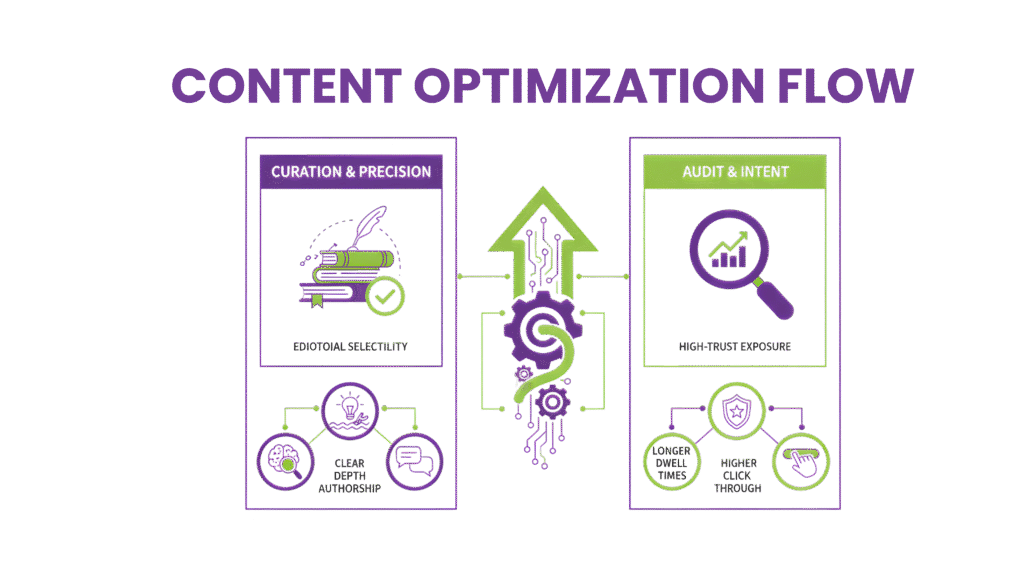
The most valuable mentions are earned, not accumulated.
For top brands, it’s no longer about counting citations but qualifying their credibility. A single placement in a respected industry journal often outweighs dozens of low-tier directory inclusions or syndicated reposts.
Quality mentions reflect editorial selectivity, clear authorship, and thematic depth. All these elements are weighed heavily by AI systems and human evaluators when assessing authority.
They also create a measurable ripple effect for your semantics. They build engaged readers, longer dwell times, higher click-through rates, and organic backlinks that naturally follow from high-trust exposure.
This is why leading digital PR agencies audit publisher integrity, audience intent, and contextual relevance before pitching a story. In 2025, precision outweighs volume and curation outperforms mass distribution.
- Alignment with Demand Generation

Mentions serve a dual purpose.
They are used as both an SEO signal and sales enabler. For demand-generation teams, consistent appearances in trusted spaces shape brand recall at the top of the funnel. They make outbound outreach warmer and ABM campaigns more credible.
When a potential buyer comes across a brand that’s referenced in trade media or thought-leadership roundups, icebreaking becomes easier. Conversion resistance drops instantly as recognition builds.
Strategically, this alignment can transform mentions into pre-sales influence tools. They effectively bridge marketing and revenue functions. With citations for SEO, awareness is built through PR which translates directly into commercial intent.
The best-performing B2B firms now blend PR tracking with pipeline analytics to quantify this impact. They treat brand mentions as measurable assets, not abstract exposure.
- Signals for Organic Growth
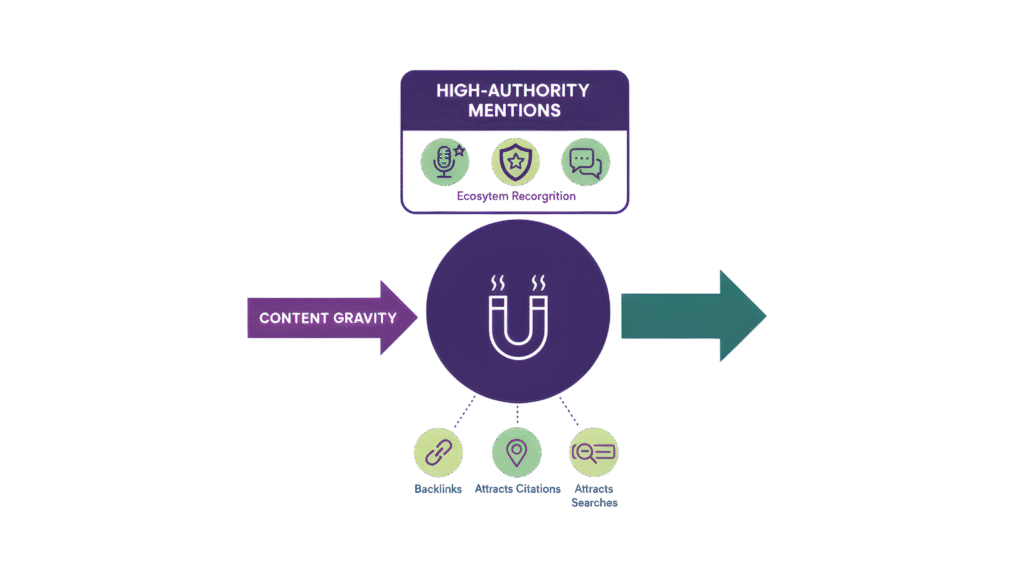
Sustained mentions build what can be called content gravity.
It is a steady pull that attracts backlinks, citations, and branded searches organically. As a brand gains repeated recognition in high-authority ecosystems, it starts to dominate contextual associations within its sector.
Over time, this subjection drives not just visibility, but defensible category ownership. It is a position where both humans and algorithms default to the brand as a credible source.
Thus, it becomes obvious that brand mentions are not purely cosmetic metrics. They are the backbone of modern PR.
Local citation building forms a convergence point between authority, discoverability, and commercial influence. But mentions alone can’t deliver compounded returns.
The next stage lies in operational execution. To assess how brands systematise outreach, storytelling, and SEO alignment to transform mentions into measurable visibility ROI.
Free vs Paid Local Citation Sites: What Works for Maximum Visibility

Local citations are no longer about directory presence. They are visibility anchors in the modern local search ecosystem.
In 2025, Google’s local algorithms reward brands that manage citation accuracy and topical authority with clarity. For B2B brands and service-based firms, the question isn’t whether to use local citation sites, but how to blend free and paid ones to scale local reach without diluting trust.
Let’s explore free vs. paid local citation sites: what works for maximum visibility?
- Benchmark Your Current Local SEO Footprint
Before building any new citations, brands must assess the strength of their existing cites.
Local visibility depends on consistency, accuracy, and completeness of NAP (Name, Address, Phone) data across listings. Outdated details or duplicate entries signal unreliability to both users and Google’s crawlers.
B2B brands should use citation audit tools or local citation building services to detect any inaccuracies in their citation building approach. These services identify which directories index your business most frequently and whether those citations align with your target service locations.
The insight gained at the planning stage defines your next move. Once you know where you stand, you can decide whether to invest in cleanup, expansion, or verification upgrades. For multi-location businesses or franchises, visibility gaps at the local level often compound into brand-wide ranking instability.
- Balance Coverage and Credibility

Free business citation sites still have an immense value when used strategically. They offer foundational coverage and help businesses appear in niche directories and expand digital touchpoints. However, free listings usually have weaker moderation standards, slower approval timelines, and limited data accuracy control.
On the other hand, paid citation building services solve these problems. They centralise listing management and assure data integrity. Platforms like Yext or BrightLocal automate distribution and updates across hundreds of directories.
This way, they keep saving time while maintaining precision. The trade-off here is cost, but for growing brands, it’s an investment in operations and efficiency.
The ideal strategy for B2B brands in this industry is layered: use free sites to build breadth, and paid citation management for quality assurance. Together, they form a scalable visibility model.
- Sustain Equity Through Consistency

Building citations is a process; maintaining them is governance.
Conducting periodic audits, structured data updates, and media-rich listing enhancements like images, videos, service details guarantees that your citations stay relevant.
Having any inactive or outdated profiles risk deprioritisation by search engines. This weakens both citations for SEO and map visibility.
A consistent update schedule like quarterly for dynamic industries, biannually for stable ones preserves ranking equity. Think of this as citation hygiene. Continuous and quiet, but essential for sustained local dominance.
- Scale Strategy Based on Business Maturity

Not all businesses require the same citation architecture.
Startups and small local firms can thrive on free platforms and selective manual submissions. Mid-tier agencies or SaaS brands benefit from hybrid strategies like blending automation with targeted manual oversight.
Enterprise-level organisations, on the other hand, need managed citation services that handle high-volume updates, suppress duplicates, and maintain structured data alignment across global listings.
The goal for any kind of firm is scalability for citations without sacrificing authenticity. Automated systems can push thousands of updates, but only human oversight analyses brand tone, category relevance, and data precision. They are the key factors influencing local authority.
- Track ROI Through Actionable KPIs
Citations aren’t vanity metrics, they’re performance levers.
To measure their impact, experts often track key indicators like organic impressions, map pack rankings, and conversion actions like form fills, direction requests, or calls.
Paid citation platforms provide granular analytics, allowing brands to correlate listing improvements with local ranking movements. For free listings, results take longer but still build cumulative trust signals over time.
For B2B agencies that are managing multiple clients, reporting on these KPIs not only quantifies ROI but also strengthens client retention. They do so by linking citation management to tangible outcomes like visibility lift and lead generation.
Strategic Takeaways
For B2B marketers, citation building is about establishing trustable data ecosystems that support wider SEO and link-building strategies.
- Free local citation sites drive discoverability and keyword diversity.
- Paid services sustain authority and signal reliability to Google’s entity graph.
- Integrating citations into a broader content strategy improves domain-wide visibility. Local signals boost topical trust across landing pages and backlinks.
Outcome:
Free sites expand your footprint but paid ones secure your authority.
When both work in harmony, they create a feedback loop. Here local signals amplify domain trust, and that trust reinforces visibility across Google Maps and SERPs.
The brands that win local search now treat citation management as an evolving system of credibility, scale, and competitive foresight.
Conclusion
In 2025, local visibility is a credibility play, not a volume game.
B2B brands that approach citations as growth architecture and not just SEO, lead in both reputation and reach. Free listings widen brand presence whereas the paid ones safeguard accuracy. They make sure that every mention reinforces trust.
At Fastlinko, we see citation building as infrastructure for authority. It’s how serious brands maintain control over how and where they’re found. The winning approach isn’t about chasing every directory, it’s about curating the right ones, with consistency and intent.
FAQs
What’s the real difference between free and paid local citation sites?
Free listings help establish presence. Paid ones sustain credibility. The difference between both lies in data hygiene, speed of updates, and directory trust flow. Paid networks often sync faster across aggregators and remove duplicates. These small efficiencies that compound into measurable local ranking stability.
Are free business citation sites still valuable in 2025?
Yes, but selectively. Free sites remain useful for coverage and baseline link signals. Yet, without verification support or regular clean-ups, they risk listing rot. Savvy brands treat free citations as a scaffolding, then use paid services to maintain consistency and secure top-tier local trust.
What metrics prove that citation building is working?
Citation building services focus on visibility deltas in map packs, referral traffic from aggregators, and keyword lift in local search grids. They don’t chase directory count. Instead, these professionals track data synchronisation rates, indexation time, and duplicate suppression success. Those metrics reveal the true ROI of citation governance.
How can brands avoid citation redundancy or data conflicts?
Brands can avoid citation redundancy and data conflicts by centralising citation updates. This can be done through trusted distribution APIs or services that maintain schema control. Random submissions often cause data conflicts. Systematic management ensures one version of truth across all directories. This is essential for scaling local SEO without compromising brand integrity.
Do citations matter less as AI-driven search expands?
As AI search expands, citations start to matter differently. AI systems use citation data as corroboration for business legitimacy, not ranking weight. Structured, verified citations ensure your entity is understood across sources. This still supports local discoverability when AI overviews summarise service-based or location-driven results.
- Your cart is empty Browse Shop
DISCUSS NEW PROJECT OR JUST TO SAY HELLO GET IN TOUCH WITH US
info@Fastlinko.com
+91-9990725969
200 Park Home Avenue
M2R 1A2 North York, ON, Canada
© Fastlinko 2025 . All rights reserved, Rankfast

